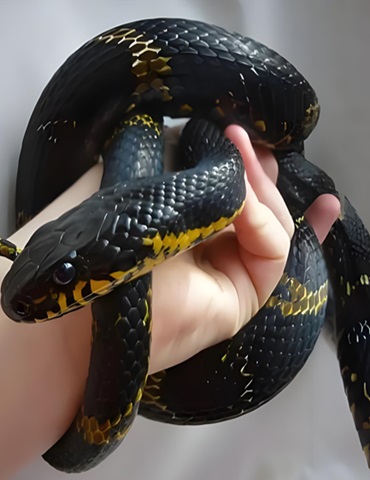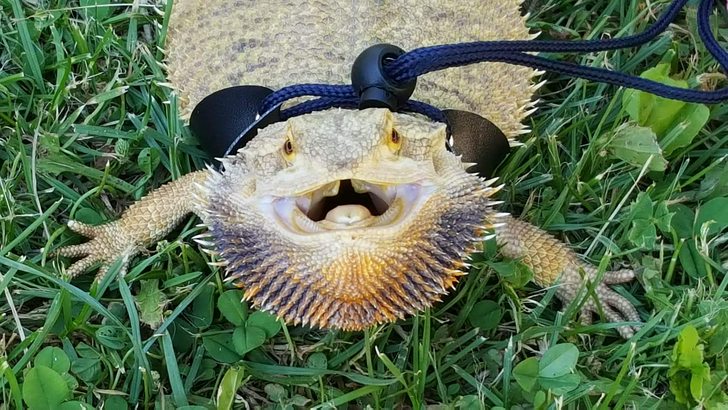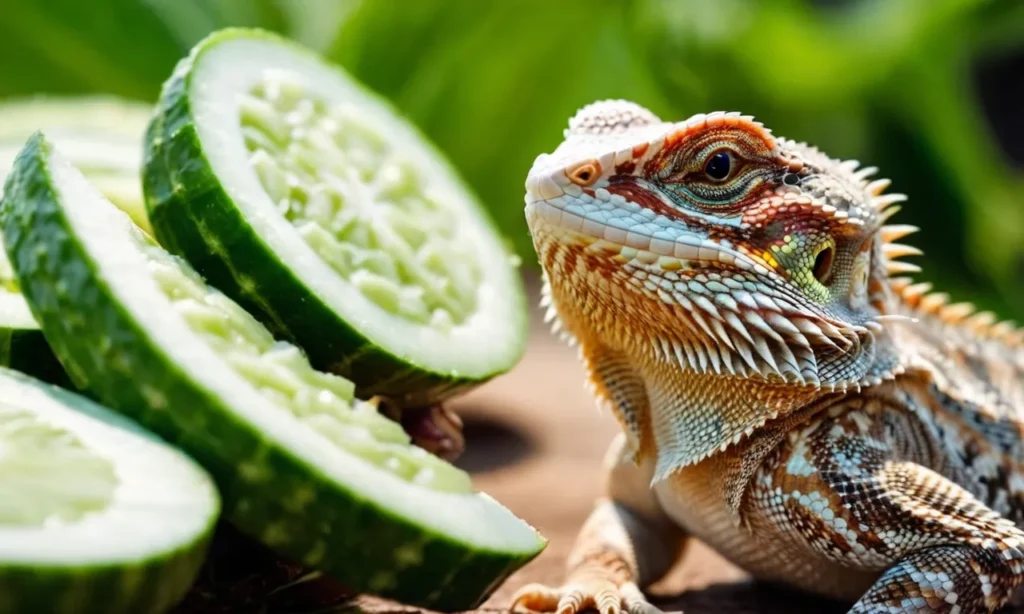The Brown Black Rat Snake, a mysterious and fascinating species, quietly inhabits our natural world. Primarily found in diverse environments such as mountains, forests, and grasslands, these nocturnal creatures often hide in tree hollows, rock crevices, or dense grass during the day, enjoying peaceful rest. As night falls, they become active, hunting for prey.
Brown Black Rat Snakes primarily feed on rodents, birds, and frogs, playing a vital role in the ecosystem. They are oviparous, laying eggs once a year, with clutch sizes ranging from 6 to 17 eggs. These snakes exhibit several unique characteristics: First, their large size, with adults typically measuring between 1.5 to 2 meters in length, creates an impressive sight. Second, their vibrant coloration, featuring brown and black patterns, is the origin of their name. Additionally, they are generally docile and rarely aggressive toward humans, making them relatively safe. For those interested in keeping Brown Black Rat Snakes, here are some care guidelines and precautions: **Housing**: Provide a spacious, dry, and well-ventilated enclosure. A fish tank or plastic container lined with thick sand or wood shavings can maintain a dry environment. **Diet**: Feed them rodents, birds, or frogs. Specialized snake food or self-raised small mice and birds can serve as food sources. **Temperature and Humidity**: Maintain an optimal temperature of 25–30°C and humidity of 50–70%. Use thermometers and hygrometers to monitor conditions and adjust as needed. **Cleaning**: Regularly clean the enclosure to remove waste and maintain hygiene. **Safety**: While docile, these snakes may attack if threatened. Handle with care to avoid bites. It is important to note that the Brown Black Rat Snake is a protected species under China’s “Three Haves” regulations, prohibiting illegal hunting or trade. Ensure proper permits and compliance with laws before keeping one. Raising these snakes requires expertise; beginners should research thoroughly and consult professionals. Respect and protect these precious animals, allowing them to thrive in suitable environments.


